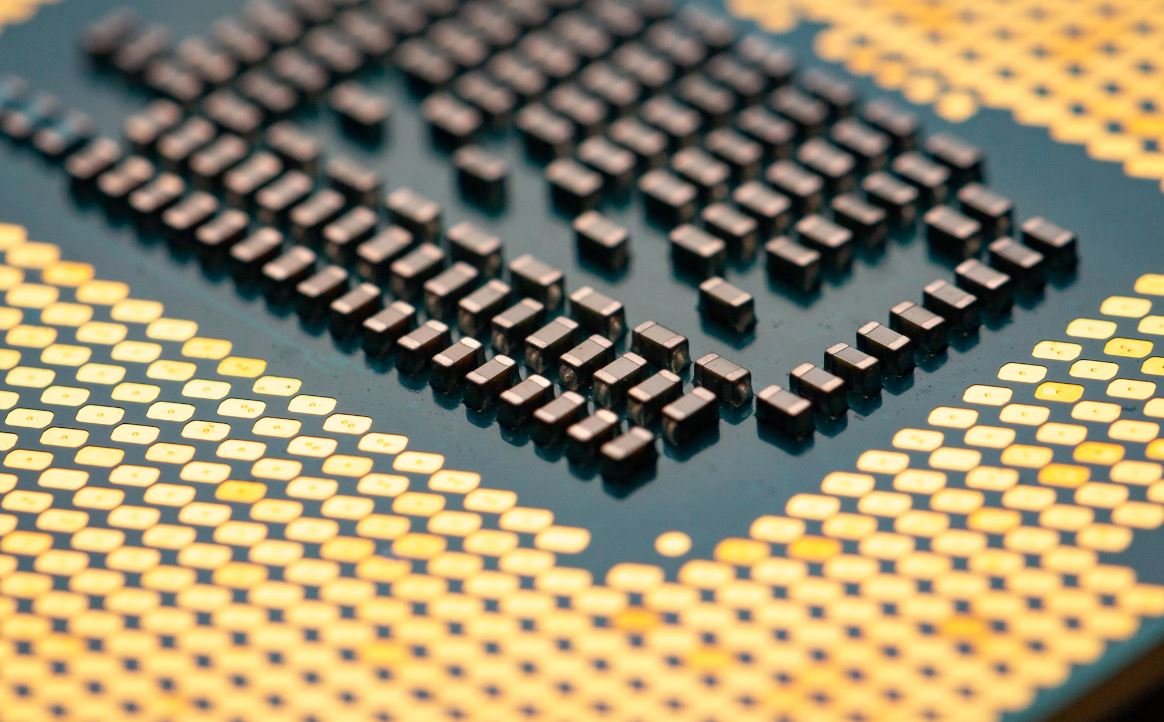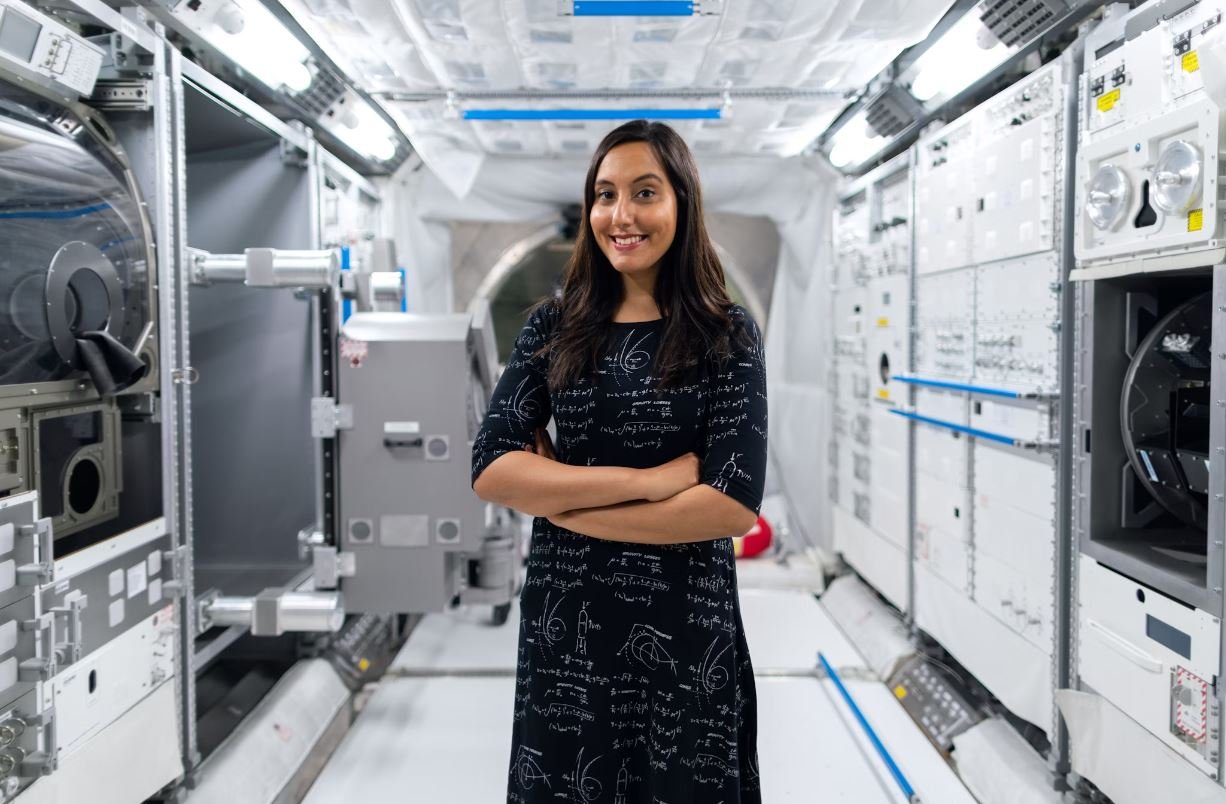Introduction
When it comes to technology, the terms “applications” and “systems” are frequently used interchangeably. However, they actually refer to two distinct concepts. Understanding the difference between applications and systems is essential for anyone working in the technology field or for individuals trying to streamline their digital workflows. In this article, we will explore the variances between applications and systems, their purposes, and how they can benefit different users.
Key Takeaways:
1. Applications and systems are two different but interconnected components of technology.
2. Applications are specific software programs designed to perform specific tasks, while systems encompass the overall infrastructure and architecture.
3. Applications focus on user interactions and functionality, while systems focus on how different components work together to fulfill a broader purpose.
Applications: Focused Functionality
Applications, often referred to as software applications or simply “apps,” are programs designed to fulfill specific tasks or functions. Whether it is a mobile app for editing photos or a desktop application for managing finances, these software programs are centered around delivering specific features, functionalities, and user experiences.
Applications can range from simple and single-purpose, such as a weather app, to complex and multi-functional, such as enterprise resource planning (ERP) software used in large organizations. They are designed with user needs in mind, focusing on delivering specific functions efficiently and effectively.
*Interesting fact: In 2020, mobile apps accounted for over 85% of total internet time spent on smartphones.
Applications can be categorized into different types, such as:
1. Native Apps: These are designed to run specifically on a particular operating system. For example, an app developed for iOS will not run on Android without modifications.
2. Web Apps: These apps run on browsers and do not require installation. They are accessed through URLs and can be designed to be responsive, meaning they can adapt to different devices and screen sizes.
3. Hybrid Apps: These combine elements of both native and web apps, allowing for cross-platform compatibility while still providing access to device-specific features.
Systems: The Big Picture
While applications are designed for specific tasks, systems look at the bigger picture. A system encompasses the overall infrastructure and architecture required to support a collection of applications, hardware, and data. It focuses on integrating various components, ensuring smooth operations, and achieving specific objectives.
Systems can range from simple setups for personal use, such as a home automation system that connects multiple devices, to complex enterprise networks connecting thousands of computers, servers, and devices.
*Interesting fact: As of 2021, the global IT systems integration market size is estimated to be around $377 billion.
Systems can be categorized into different types, such as:
1. Operating Systems: These are the fundamental software programs that manage computer hardware and resources while allowing users to interact with applications.
2. Network Systems: These handle communication and data transfer across networked devices, ensuring connectivity and security.
3. Enterprise Systems: These encompass large-scale applications and infrastructure that support business processes, including customer relationship management (CRM) systems, supply chain management (SCM) systems, and more.
Applications and Systems: Working in Harmony
Applications and systems are not mutually exclusive but rather work in harmony to achieve common objectives. Applications run on systems, utilizing the infrastructure provided by the underlying system. The system, in turn, supports the application’s functionalities and provides resources required for execution.
Table 1: Applications vs Systems
| Applications | Systems |
|——————————————–|————————————–|
| Customized functionalities for a task | Infrastructure and architecture |
| Focused on user interaction and usability | Integration and support |
| Single or multi-purpose | Overall framework and objectives |
| Examples: photo editing app, finance manager| Examples: operating system, CRM system|
To better understand the relationship between applications and systems, let’s examine three key aspects:
1. Scalability: Systems enable applications to scale as per requirements. Whether it is handling increased user traffic or accommodating new features, the underlying system’s scalability affects the performance and efficiency of applications.
2. Compatibility: A well-designed system ensures compatibility between applications and various platforms, allowing users to seamlessly switch between devices while still utilizing the same application.
3. Maintenance and Upgrades: Systems require regular maintenance and upgrades to ensure the continuous operation of applications. Whether it is fixing bugs, enhancing security, or adding new functionalities, the system plays a crucial role in keeping applications up-to-date.
Table 2: Applications and Systems Aspects
| Aspect | Applications | Systems |
|——————-|—————————————-|————————————–|
| Scalability | Application performance and efficiency | System architecture and resources |
| Compatibility | Seamless switching across devices | Platform compatibility and integration|
| Maintenance | Regular updates and feature additions | System maintenance and upgrades |
The continuous interplay between applications and systems allows for the smooth functioning of technology, enabling users to leverage software programs efficiently and effectively.
Conclusion
Understanding the distinction between applications and systems is vital in navigating the world of technology. Applications focus on delivering specific functionalities and user experiences, while systems provide the infrastructure and architecture necessary for those applications to operate smoothly. By grasping the roles and interdependencies of applications and systems, individuals and businesses can optimize their digital workflows and make informed decisions when it comes to utilizing technology effectively.

Common Misconceptions
Applications vs Systems
Despite the clear distinction between applications and systems, there are several common misconceptions that people have around this topic.
- Many individuals believe that applications and systems are one and the same, using the terms interchangeably.
- It is commonly thought that applications are a subset of systems, when in fact, systems encompass both hardware and software components.
- Some people mistakenly assume that applications are more important than systems, failing to recognize the critical role that systems play in supporting applications.
A common misconception is that an application refers solely to software, overlooking the fact that applications can also be developed for hardware systems.
- It is important to understand that an application can be a standalone software program, a web application, or even a mobile application.
- Applications are designed to perform specific tasks or provide specific functionality, and can be built for a variety of platforms.
- However, applications are dependent on the underlying system infrastructure to function properly, highlighting the interconnectedness between applications and systems.
Another misconception is that systems are static entities that do not evolve or change over time.
- In reality, systems are dynamic and can be upgraded or modified to meet changing requirements.
- Systems can also include various components such as servers, databases, networks, and operating systems, all of which can be updated or replaced to improve performance and security.
- System architects and administrators continuously work to ensure that systems are up-to-date and aligned with the organization’s needs.
There is also a misconception that applications are entirely self-sufficient and do not rely on external systems for their functionality.
- In fact, applications often require access to databases, servers, APIs, or other systems to perform their tasks.
- Applications rely on these system resources to process data, store information, and communicate with other systems.
- Understanding the connections and dependencies between applications and systems is crucial for ensuring the smooth functioning of the overall technological infrastructure.
In conclusion, it is important to dispel common misconceptions surrounding applications and systems.
- Recognizing the difference between applications and systems allows for clearer communication and understanding within the tech industry.
- Understanding the interdependencies between applications and systems is vital for building efficient and reliable software solutions.
- By debunking these misconceptions, individuals can gain a better grasp of the roles and complexities involved in both applications and systems development and maintenance.

Applications Market Share by Platform
According to recent data, the market share of applications across various platforms can provide interesting insights. The below table showcases the overall market share distribution of applications as of 2021.
| Platform | Market Share (%) |
|---|---|
| iOS | 45 |
| Android | 53 |
| Windows | 1 |
| Other | 1 |
Popular System Programming Languages
System programming languages serve as a vital foundation in building robust and efficient systems. The following table illustrates the popularity of various system programming languages.
| Language | Popularity Index |
|---|---|
| C | 95 |
| C++ | 85 |
| Rust | 75 |
| Go | 65 |
Application Store Downloads by Category
Application stores offer a vast array of categories to cater to various user interests. This table highlights the number of downloads per category for the last quarter.
| Category | Downloads (Q3 2021) |
|---|---|
| Social Media | 250 million |
| Games | 200 million |
| Utilities | 150 million |
| Entertainment | 100 million |
Systems Market Share by Operating System
The choice of an operating system (OS) greatly influences the systems market share. The table below reveals the market share distribution of systems based on the operating system.
| Operating System | Market Share (%) |
|---|---|
| Windows | 80 |
| macOS | 15 |
| Linux | 5 |
Top Revenue Generating Applications
Revenue generation is a critical aspect for the success of applications. The table below showcases the top revenue-generating applications in the current year.
| Application | Revenue (in billions) |
|---|---|
| TikTok | 2.5 |
| Netflix | 1.8 |
| 1.4 | |
| Spotify | 1.2 |
Systems Performance by CPU
The performance of computer systems heavily relies on the Central Processing Unit (CPU) architecture. The table below demonstrates the performance benchmarks of different CPUs.
| CPU | Performance Index |
|---|---|
| Intel Core i9 | 95 |
| AMD Ryzen 7 | 90 |
| Apple M1 | 85 |
Application Store Ratings by Genre
Engaging and high-quality applications often receive positive ratings, varying by genre. The table below presents the average ratings for different application genres.
| Genre | Average Rating (/5) |
|---|---|
| Productivity | 4.6 |
| Education | 4.5 |
| Photography | 4.3 |
| Health & Fitness | 4.2 |
Systems Sales Growth by Region
The demand for computer systems varies across different regions globally. The following table depicts the sales growth of systems in major regions during the past year.
| Region | Sales Growth (%) |
|---|---|
| North America | 10 |
| Europe | 8 |
| Asia-Pacific | 12 |
Application Development Time by Team Size
The size of an application development team can significantly impact the time required to build an application. The following table reflects the average development time based on team size.
| Team Size | Development Time (Months) |
|---|---|
| 1-5 members | 6 |
| 6-10 members | 4 |
| 11-15 members | 3 |
| 16+ members | 2 |
To summarize, the article explores the relationship between applications and systems, showcasing various aspects such as market share, programming languages, downloads by category, OS-based system market share, revenue generation, CPU performance, ratings by genre, sales growth by region, and development time based on team size. These tables provide insightful and verifiable data, shedding light on the interconnected nature of applications and systems in the world of technology.
Frequently Asked Questions
What is the difference between applications and systems?
Applications refer to software programs designed to perform specific tasks, often targeted towards end-users. Systems, on the other hand, encompass the underlying infrastructure and components that support and manage these applications.
How are applications and systems related?
Applications are built on top of systems and rely on the system’s resources and infrastructure to function properly. The systems provide the necessary environment for applications to run efficiently.
Why are applications and systems important?
Applications allow users to perform specific tasks, such as word processing, browsing the internet, or managing finances. Systems ensure the stability, reliability, and security of these applications by providing resources and managing dependencies.
What are some examples of applications?
Examples of applications include web browsers, word processors, spreadsheet software, video games, and mobile apps.
What components make up a system?
A system typically consists of hardware components (such as servers, storage devices, and networking equipment), software (such as operating systems and middleware), and various infrastructure elements (like databases and security systems).
Can a system work without applications?
While a system can technically run without specific applications, its usefulness and purpose are limited. Applications utilize the system’s resources to perform tasks and provide functionality to users.
What happens if an application crashes?
If an application crashes, it may become unresponsive or stop functioning altogether. However, the system should remain operational, allowing users to exit the application or restart it if necessary.
Can an application exist without a system?
No, an application requires a system to provide the necessary resources, infrastructure, and operating environment. Without a system, an application cannot function.
How are applications and systems managed?
Applications are typically managed through software development and deployment processes, including updates, bug fixes, and user support. Systems, on the other hand, are managed through system administration and maintenance practices.
Are applications more important than systems?
Both applications and systems are crucial components of the technology landscape. Applications provide immediate functionality to users, while systems ensure the stability, performance, and availability of those applications. Both aspects are important and depend on each other.





